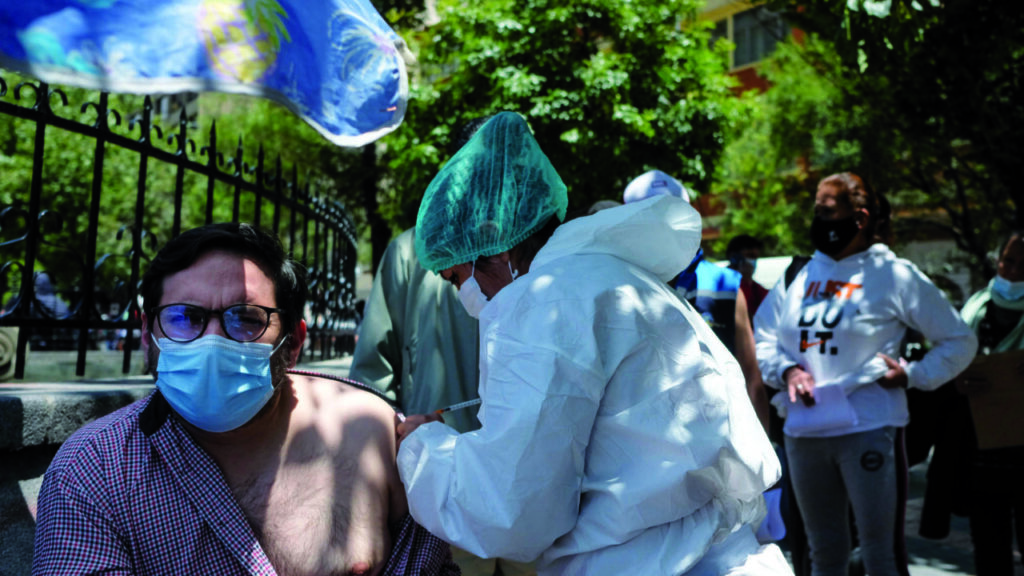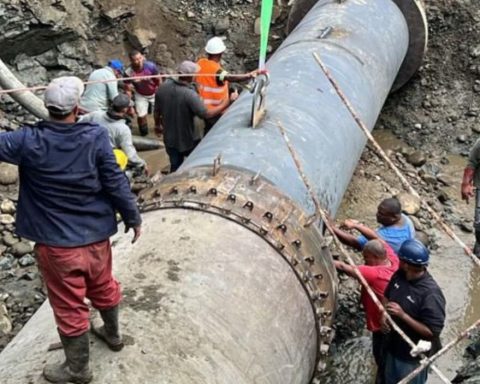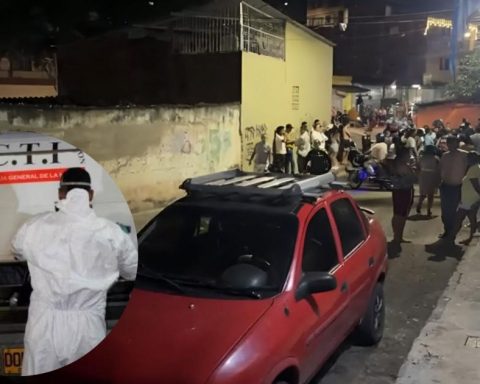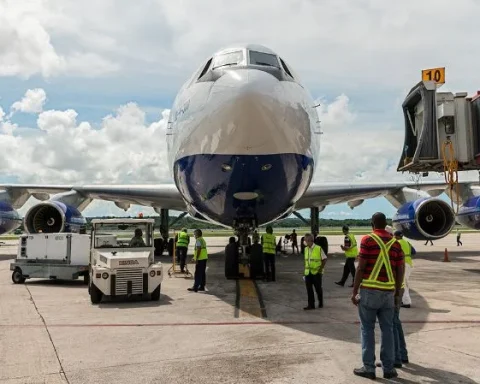currents It has faced difficult days, after a large part of its territory burned due to dozens of uncontrollable fires that devastated crop areas, animals and pastures. However, in recent days, the rain helped to ease the situation.
According to data from the COE (Emergency Operations Command), at least 70% of fires in currents they are under control. There are still active foci in the areas of Palma Grande, Paraje Zapallo Loma Linda and two towns in San Miguel, north of the province.
The INTA (National Institute of Agricultural Technology) indicates that the fire destroyed 934,238 hectares, that is, almost 11% of currents. The losses are millions and the damage will take up to 20 years to reverse, according to specialists.
In this regard, the deputy director of Civil Defense, Bruno Lovinson, explained that the areas where there are active fires are 170 kilometers from the provincial capital. “The operation has people in combat in the area of a quadrant of the Capital to Caá Catí and to the south between Route 118 and Route 12”he explained.

Much of the fires currents They were controlled by the rains, which allowed the authorities to mobilize the fire brigades and teams to the areas where the fire is still active.
Civil Defense hopes that in the next 48 hours 30% of the remaining fires in the jurisdiction. The most affected area in recent weeks was San Alonso, inside the Iberá National Parka highly sensitive area where an initiative was being developed to protect the jaguar.

The devastated area is evaluated
The mayor of the Iberá National Park, Daniel Rodano, explained that a helicopter overflight of the San Alonso area was made. “We verified that last night’s rains had the effect we expected and put out the flames.”

Meanwhile, the ranger of the Iberá Provincial Reserve, Walter Drews, estimates that approximately 80 millimeters of rain fell. “In the reservoirs there may be internal fires, that is why there are ash guards and the brigade members will stay in case there are signs of fire,” he pointed out.

















